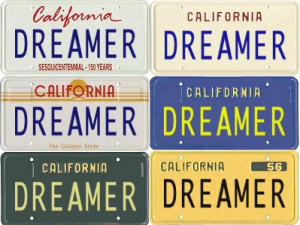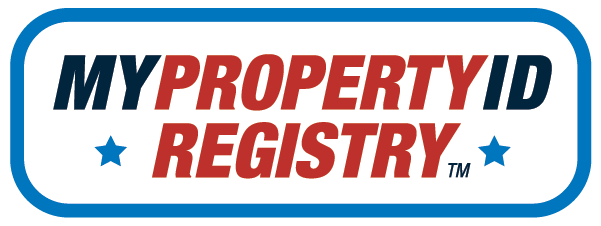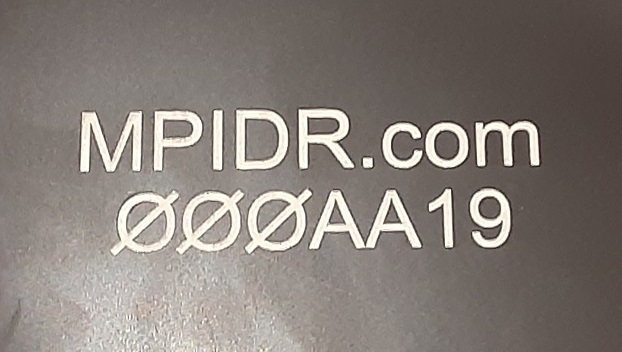Catalytic converter etching is needed right now to stop the theft of these valuable motor vehicle parts. The problem has become a major crisis and the only solution is to mark catalytic converters in such a way that thieves will be afraid to steal them. While it might seem counterintuitive, the answer is right in front of us.
Motor Vehicle Theft
While many cars are stolen, most are just taken for joy rides. The reason cars are so hard to dispose of is because the vehicle identification number (VIN) is etched on the vehicle, and the VIN is registered and licensed to a person or business. If a vehicle is recovered, it can be traced back to the rightful owner and used as evidence for a conviction.
https://mypropertyidregistry.com/2020/06/21/traceability-versus-trackability
That’s Why Cars Are Stripped
While car frames, engine blocks and certain body parts are marked with the VIN, most of the smaller parts are not, including catalytic converters. In our computerized age, the car manufactures likely have a record of the serial numbers of every part in each vehicle, but without a legal mandate requiring them to provide the owner of the vehicle with that information, it’s up to each individual to protect their own property.
Only Etching Will Work
Catalytic converters are designed to rapidly rise to their minimum operating temperature of 400° F and operate between 550° F and 1600° F. Because of the extreme temperatures, the only practical solution is to etch an identifying mark into catalytic converters.
https://www.reference.com/world-view/operating-temperature-catalytic-converter-1f35683abdb63c6d
What To Etch Them With
A VIN is 1950s, pre-mainframe computer technology. If you’re going to etch a VIN into a catalytic converter, it is very important that the whole 17-charater alphanumeric string be used, because a partial number will not hold up in court.
https://en.wikipedia.org/wiki/Vehicle_identification_number
Don’t use a license plate number either. Many states use the same sequencing and also have different generations of plates that use the same number. Even adding a 2-letter state abbreviation is not enough because of these generational similarities.

The Operation Identification strategy, first developed in the 1960s, recommends a driver’s number plus the 2-letter state abbreviation. There might be some privacy concerns with this approach.
https://www.youtube.com/watch?v=yxnBJWbQMkw
Another alternative is to use the internet-based strategy that makes recovered catalytic converters traceable not just by law enforcement but also by Good Samaritans.
https://mypropertyidregistry.com/2022/03/10/asset-management-standards
The State of the Art of Tracing Technology
My Property ID Registry is the state of the art of tracing technology. While it is based on license plate technology, first developed in 1903, and Operation Identification technology, first developed in 1963, we believe we are the first company to combine both strategies and migrate them to the internet.
https://mypropertyidregistry.com/2021/08/22/modern-asset-management
https://mypropertyidregistry.com/2021/10/27/operation-id-enhanced



